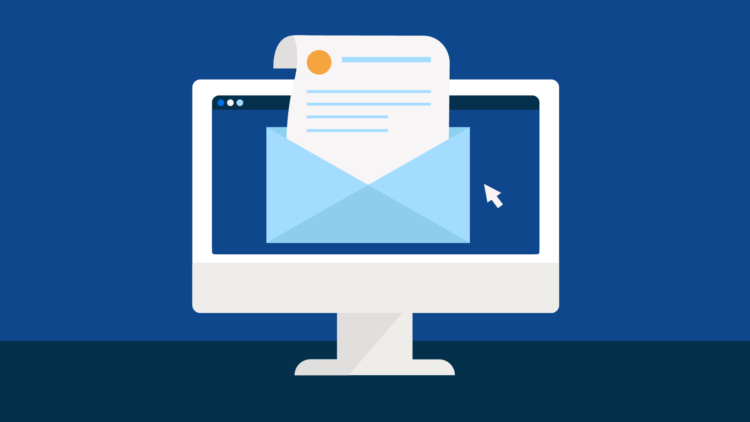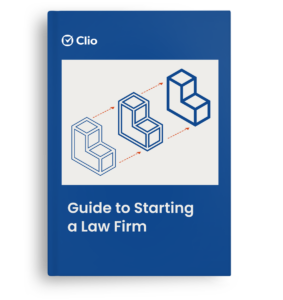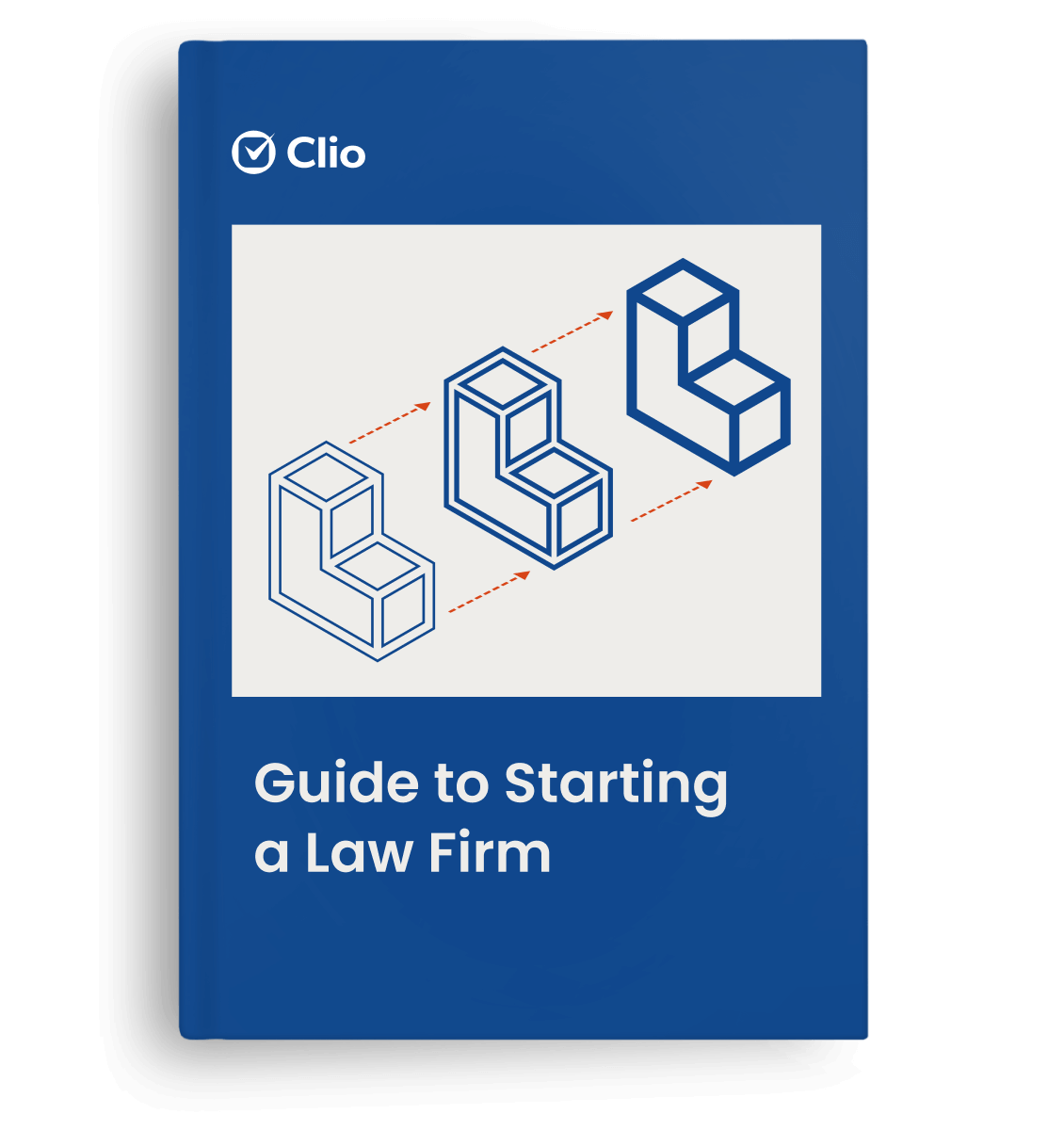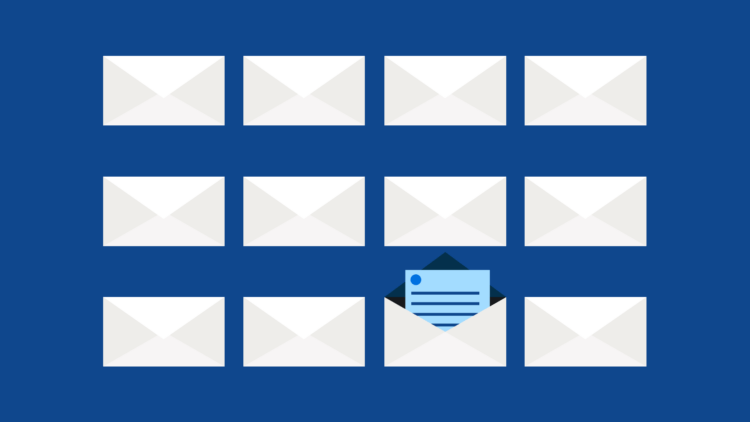Today, email has become the primary means of communication for businesses and individuals alike. The convenience of email, however, brings the risk of sensitive information falling into the wrong hands or being misused. This is where confidential email disclaimers come in to play a crucial role in the security of both client and firm data.
In this comprehensive guide, we will explore the importance of email disclaimers, potential legal implications, the elements of an effective disclaimer, best practices for writing one, and how to implement it–and provide you with template examples to help you get started.
Why use a confidential email disclaimer
There are several reasons why you should implement a confidential email disclaimer. These reasons include:
Importance of protecting sensitive information
In a world where data breaches and privacy concerns are on the rise, protecting sensitive information has never been more important.
By using a confidential email disclaimer, you can clearly communicate to recipients that the information contained in the email is confidential and should not be shared without permission. This can help prevent unauthorized access and mitigate the risk of data leaks.
Legal implications of not using a disclaimer
While email disclaimers can help establish expectations and legal obligations, their legal weight may vary depending on jurisdiction and specific circumstances. It is essential to consult with legal professionals to ensure compliance with applicable laws and regulations.
Failing to use a confidential email disclaimer can have serious legal implications. Without a disclaimer, it may be challenging to prove that the information shared in the email was intended to be confidential.
This can weaken your legal position if the information is leaked or misused. By including a disclaimer, you establish a clear expectation of privacy and create a legal basis for protecting your confidential information.
Liability regarding electronic communication raises numerous areas of concern for lawyers, including:
- Breach of confidentiality: This breach occurs when confidential information is sent to someone who disregards the message’s confidentiality by misusing or leaking sensitive data.
- Accidental breach of confidentiality: This happens when an individual inadvertently sends a confidential message or email attachments to an unintended recipient.
- Negligent misstatement: When an employee of a firm (who may or may not be qualified) gives legal advice in an email, the practice may be liable for the effect of that advice.
- Legal compliance: A lawyer in a particular region might have to reveal the states where they’re licensed to practice law or disclose their license numbers in their email communication.
Without an email disclaimer warning, these breaches could result in your firm being liable for any damages caused.
Ultimately, a disclaimer alone cannot guarantee complete protection from liability. However, a well-drafted disclaimer can help mitigate risks and establish a legal basis for protecting confidential information. It is crucial to combine a disclaimer with proper security measures and adherence to relevant regulations.
Examples of confidential information
For certain professions, such as lawyers, doctors, or financial advisors, the nature of their work often involves handling sensitive information. In the case of lawyers, this could include client files, case strategies, or privileged communication.
By using a confidential email disclaimer, these professionals ensure that recipients understand the confidential nature of the information being shared and the legal obligations associated with it.

Elements of an effective confidential email disclaimer
The following details are the most common elements of a standard confidential email disclaimer:
Clear identification of confidential information
An effective confidential email disclaimer should clearly identify the type of information that is considered confidential.
This helps recipients understand what they should keep private and protects your organization from unintentional disclosures. For example, a disclaimer may specify that financial data, trade secrets, or personal identifiable information should be treated as confidential.
Limitations of liability
To protect your law firm from potential legal claims, include limitations of liability in your email disclaimer.
This can outline the extent to which your organization can be held responsible for any damages or losses resulting from the use or disclosure of the information shared in the email. It is crucial to consult with legal counsel to ensure the limitations of liability are appropriately worded for your specific circumstances.
Instructions for handling and deleting emails
A well-crafted email disclaimer should also provide clear instructions on how recipients should handle and dispose of the email and any attachments.
This may include instructions to delete the email after reading it, refrain from forwarding it without consent, or notify the sender in case of accidental receipt. These instructions help reinforce the importance of maintaining confidentiality and guide recipients on proper email etiquette.
Best practices for writing a confidential email disclaimer
If you need inspiration on writing a confidential email disclaimer, here are some best practices to follow:
Concise and easy-to-understand language
When writing a confidential email disclaimer, it is important to use concise and easy-to-understand language. Avoid legal jargon or complex terminology that may confuse recipients.
The goal is to clearly convey the expectations and obligations associated with the confidential information being shared. Keep the disclaimer short and to the point, ensuring that it is easily readable on various devices and email clients.
Compliance with relevant regulations
Different industries may have specific regulations regarding the handling of confidential information. It is essential to ensure that your email disclaimer complies with these regulations.
For example, if you handle personal data subject to GDPR (General Data Protection Regulation), your disclaimer should align with the requirements outlined in the regulation. For law firms, it’s vital to ensure accountability for the data they possess by maintaining accurate records, including details on data collection and usage.
Consult with legal and compliance experts to ensure your disclaimer meets all necessary regulatory standards.
Regular review and updates
A confidential email disclaimer is not a set-it-and-forget-it tool. Regularly review and update your disclaimer to reflect any changes in organizational policies, industry regulations, or legal requirements.
By keeping the disclaimer up to date, you ensure that it remains relevant and effective in protecting your confidential information.
How to implement a confidential email disclaimer
Once your confidential email disclaimer is ready, here is how to configure it with your email provider:
Adding the disclaimer to email signatures
One of the most common ways to implement a confidential email disclaimer is by adding it to email signatures. This ensures that every outgoing email from your organization includes the necessary disclaimer.
Most email platforms, such as Gmail and Outlook, have built-in signature settings that allow you to customize and include the disclaimer automatically. Make sure to provide clear instructions to employees on how to set up their email signatures with the disclaimer.
Automating disclaimer inclusion
For larger organizations or those with a high volume of outgoing emails, automating the inclusion of the disclaimer can be an efficient solution.
There are various email management systems and tools available that can automatically append the disclaimer to every email sent from your organization. Consult with your IT department or email service provider to explore automation options.
Training employees on proper usage
Implementing a confidential email disclaimer is not enough. It is essential to train your employees on the proper usage of the disclaimer and the importance of maintaining confidentiality.
Conduct regular training sessions to educate employees on the risks associated with mishandling confidential information and provide guidelines on how to handle and share sensitive data securely.

Confidential email disclaimer template (general use):
[Your Organization Name] Confidentiality Notice:
The information contained in this email and any attachments is intended solely for the use of the individual or entity to whom it is addressed and may contain confidential and/or privileged material. Any review, retransmission, dissemination, or other use of, or taking any action in reliance upon this information by persons or entities other than the intended recipient is strictly prohibited. If you have received this email in error, please contact the sender and delete the material from any computer.
Industry-specific confidential email disclaimers
Different industries may require specific language in their email disclaimers. For example, the healthcare industry may need to include additional privacy and HIPAA compliance statements. Consult with industry experts or legal professionals to tailor the disclaimer template to meet your specific industry requirements.
Customizing a template for your organization
While templates can provide a starting point, it is important to customize the disclaimer to align with your organization’s unique needs and policies.
Review the template and make any necessary modifications to accurately reflect your organization’s confidentiality practices and legal obligations. Consider seeking legal advice when customizing the disclaimer to ensure compliance with all applicable laws and regulations.
Confidential email disclaimer examples
To provide you with further inspiration, here are a few examples of confidential email disclaimers:
Example 1:
This message contains confidential information and is intended solely for the individual named. If you are not the named addressee, you should not disseminate, distribute, or copy this email. Please notify the sender immediately by email if you have received this email by mistake and delete this email from your system.
Example 2:
This email and any files transmitted with it are confidential and intended solely for the use of the individual or entity to whom they are addressed. If you have received this email in error, please notify the sender immediately and delete the email from your system. Any unauthorized use, distribution, or copying of this email is strictly prohibited.
Example 3:
The information contained in this email and any attachments is confidential and may be legally privileged. It is intended solely for the addressee(s) and access to this email by anyone else is unauthorized. If you have received this email in error, please notify the sender immediately and delete the email from your system. Any unauthorized dissemination, distribution, or copying of this email is strictly prohibited.
Final words
In conclusion, a confidential email disclaimer is a vital tool for protecting sensitive information and mitigating legal risks.
By clearly communicating the confidential nature of the information, setting limitations of liability, and providing instructions for handling emails, you can establish a strong foundation for safeguarding your organization’s confidential data.
However, that’s not all. Creating a confidential email disclaimer is just one task in automating your client intake and CRM processes. Try Clio today to see how we can help you transition to a more efficient law firm.
We published this blog post in April 2024. Last updated: .
Categorized in: Business








